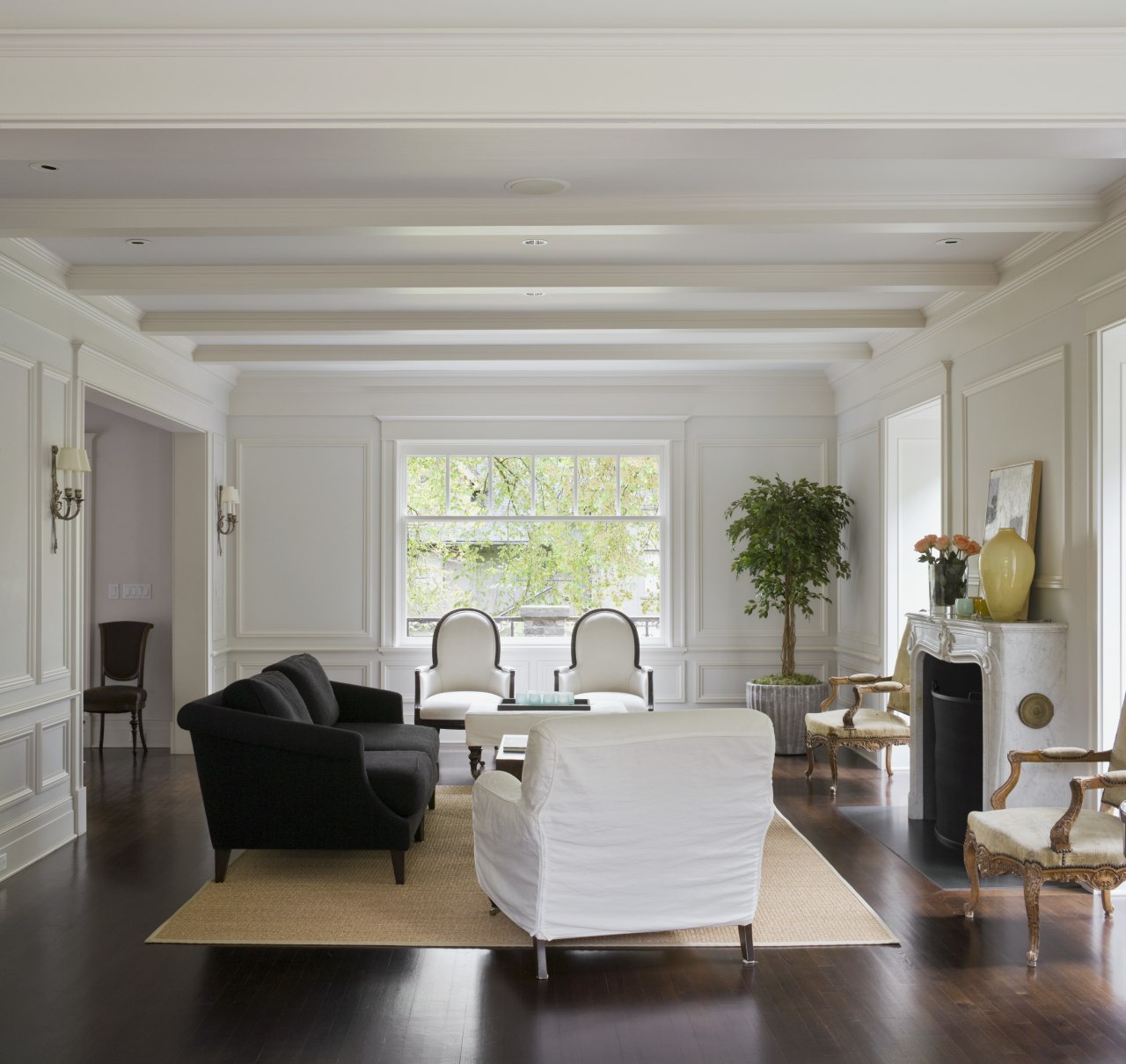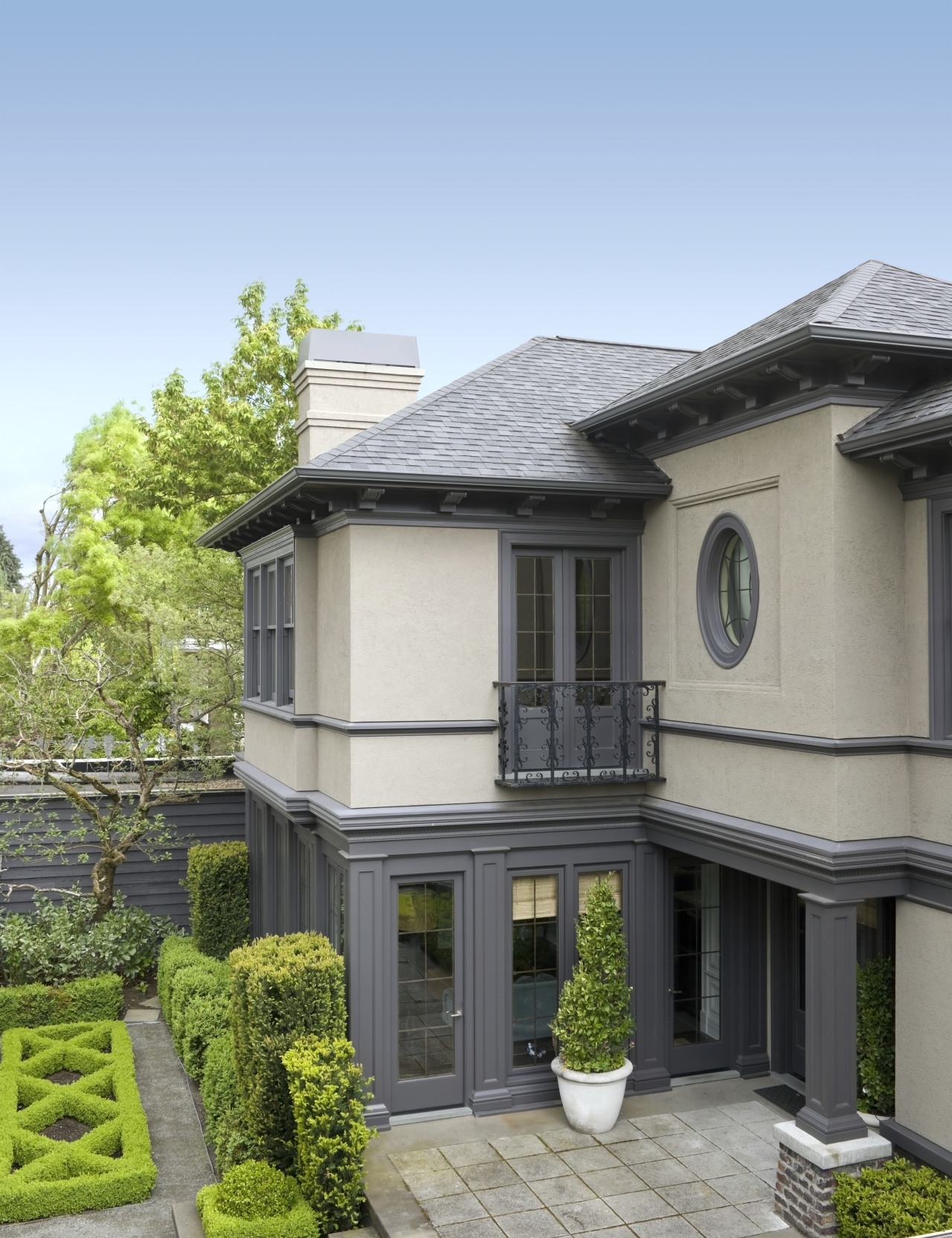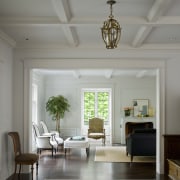Moving with the times
In renovating this grand, century-old house, the architects retained its traditional character, but created a streamlined, flowing interior better suited to a contemporary lifestyle

Renovating an older home is often a labour of love, especially when it would probably be more cost-effective to simply build anew.
But the charm and character of many homes built around the turn of the last century puts them in a class of their own. And, when many similar houses in the neighbourhood have been beautifully restored, there's an added impetus to recreate the original splendour.
This 100-year-old house, in a well-established part of Seattle, has undergone such a restoration much of it behind the scenes, say design principals Aaron Mollick and Stuart Silk of Stuart Silk Architects, LLC. But although it required extensive structural reinforcing with new steel framing, the house had many saving graces.
"The original architecture was a rather eclectic mix of Edwardian and Queen Anne styles, with an additional Craftsman influence from the Northwest," says Mollick. "The owners recognised the historical significance of preserving the house so that it maintained a dialogue with the fabric of the neighbourhood. The design of the exterior had to be respectful of the adjacent properties."
Mollick says the house had undergone a series of poorly conceived alterations over the years, especially at the rear. However, the original quality of some of the formal spaces, such as the entry hall, living and dining rooms, and the grand proportions, were still in evidence.

"The traditional character could be seen, but it had been compromised," says Mollick. "However, the owners didn't want to simply return the interior to its original state they wanted a more contemporary language for a modern lifestyle."
The restoration needed to provide a family room addition and a large master bedroom suite.
Silk says the existing front porch was preserved and re-finished and a new deck built on top.
"We maintained the existing clinker brick base of the house, and replicated this at the base of the extension, using bricks from a disused fireplace."
In restoring the plastered exterior, the team opted for a darker colour scheme than the original, choosing to make a bolder statement. The interior, however, has a lighter look, with white-painted walls and plenty of natural light.

"One of the most important considerations was the need to provide a much stronger visual connection between the rooms," says Mollick. "We also wanted to maximise the available light. Consequently, many of the doors were removed and replaced with wide openings that allow an easy flow between rooms."
New wall panelling was crafted to enhance the gracious look of the living areas, and new beams were added to the main living room. These were built to match existing beams in the entry hall and dining room. The original flooring, which was in a state of disrepair, was replaced with quartersawn oak boards. But the existing stairs and Craftsman-style seat in the entry hall were retained and restored, and are now key features of the entrance.
"Throughout the house, custom millwork was undertaken to replicate the traditional language," says Silk. "Even the new eaves were crafted with scroll detailing that mimics other elements."
However, the kitchen puts a modern spin on tradition. The island, for example, is designed as a furniture piece but its metal legs and stone top provide a contemporary feel.
Modern functionality has also transformed the rest of the interior, which now incorporates a radiant underfloor heating system and a new media room in the excavated basement.
Credit list
Story by: Trendsideas
Home kitchen bathroom commercial design













